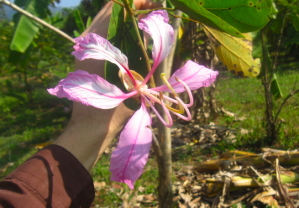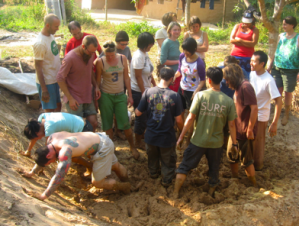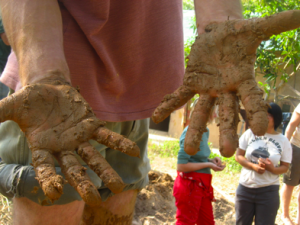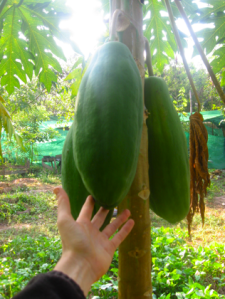Here’s a list of 14 things to do after a Permaculture Design Certification Course. This list came to me from Geoff Lawton of the Permaculture Research Institute of Australia, and Christian Shearer of the Panya Project and I added to it at the January 2009 PDC at the Panya Project.
1. Start at your own back door! Design and Implement!
2. Create or join a local permaculture guild.
3. Travel to other permaculture sites. (UK Permaculture database; PRI projects; Permaculture Activist Directory)
4. Take another PDC or focused course.
5. Volunteer or work in a related field.
6. Give intro talks about permaculture to groups in your area.
7. Practice making designs.
8. Host a course taught by someone else.
9. Apprentice or intern with an experienced designer or teacher.
10. Start a locally impacting enterprise.
11. Do a Diploma of Applied Permaculture Design (more info coming soon!).
12. Get an accredited permaculture degree through Gaia University.
13. Eventually become a permaculture contsultant or teacher.
14. Register as a Tagari-certified teacher.
Would you like to add to this list? Or reorganize it? Go for it the comments!

















